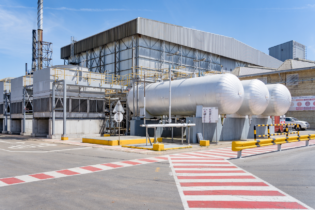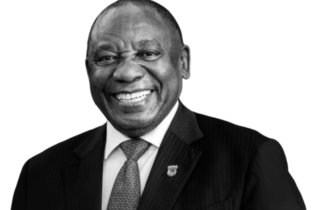A new wheel loader has been launched to provide customers with a cost effective alternative within the five ton payload segment.
It has been launched alongside the existing and well proven Cat 950H model. The key difference between the two models is in their working applications: the Cat 950H is intended as a high production unit for heavy duty roles, whilst the Cat 950 GC has been purpose-built for support tasks working mainly with loose materials. “Rather than offering the ‘all in one’ solution characteristic of the Cat 950H, Caterpillar has fielded the Cat 950 GC as a niche wheel loader intended to pass on lower owning and operating savings. This is especially the case where the heavy duty roles for which the Cat 950H have been developed are not required. Either way, both models deliver best in class fuel efficiency and excel in their respective roles, with a comparable operating weight of around 18,6 tonnes,” explains Barloworld Equipment product and application specialist, Brandon Stonefield. Powered by a Cat C7.1 engine that meets Tier 3 emission standards, the Cat 950 GC is well-suited for a wide range of tasks. These include stockpiling, truck loading, material handling, hopper charging and load-and-carry work in quarries, sand and gravel pits, coal operations, storage yards, concrete and asphalt plants, and on construction projects for job site preparation, back-filling, pipe handling, plus general clean-up. The Cat 950 GC is also an ideal application match for the agricultural sector.In contrast, the Cat 950H is designed to perform tasks that include hard bank loading as the primary application; rock face loading; waste handling; forestry; demolition and recycling.
On the go, the Cat 950 GC’s electronically controlled automatic powershift countershaft transmission features shift protection and is equipped with a split flow oil system for added efficiency, durability and smoother gear changes. This contributes significantly to fast cycle times and extended component life. “Ultimately, choosing between the two models will be determined by the downstream application during the working life of the machine,” explains Stonefield.







